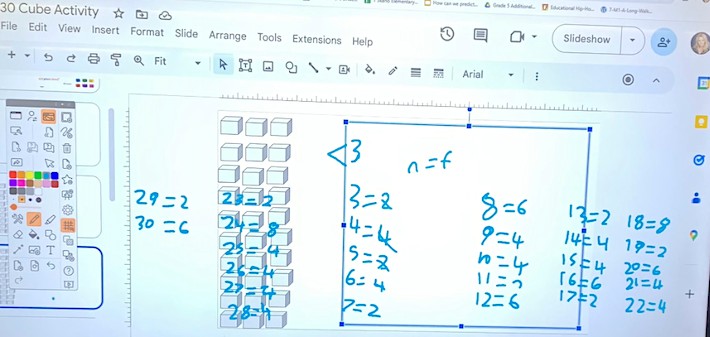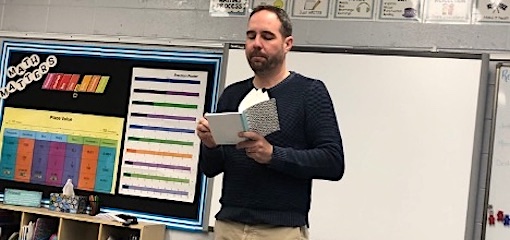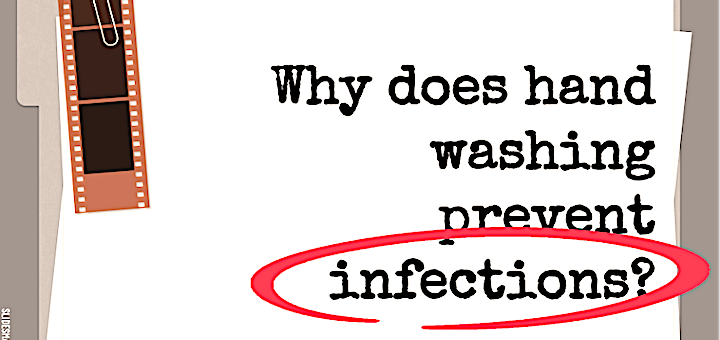25 of Our Best Posts for New MS Teachers
For well over a decade MiddleWeb has shared helpful ideas for new middle grades and MS teachers. In this post we’ve selected recent articles along with several classics and book reviews that might be MOST useful before and during your first months in the classroom.




















